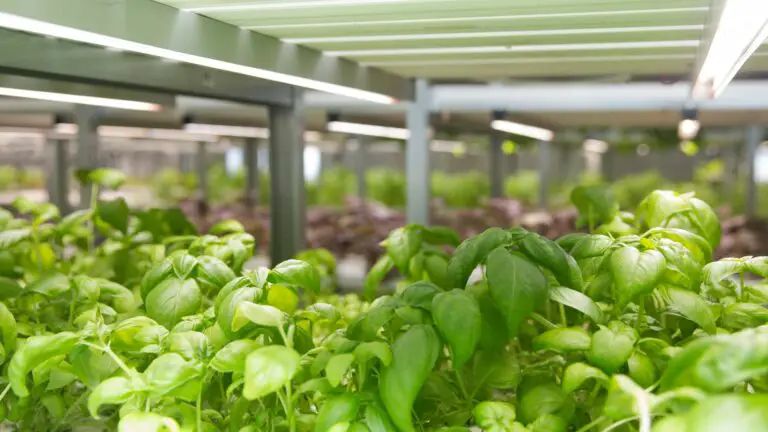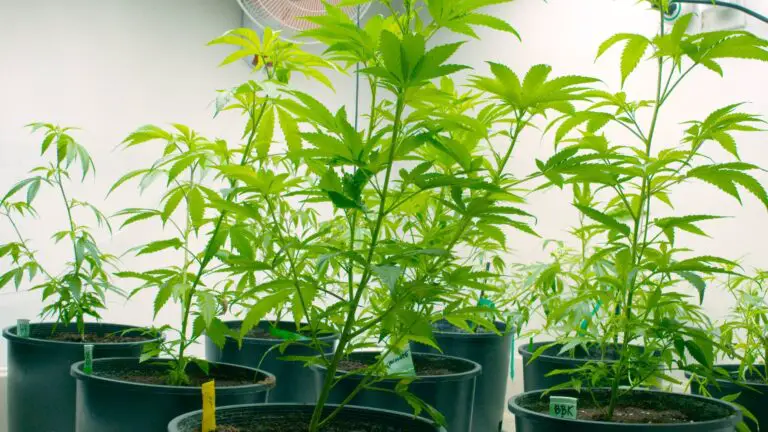Adapting to the Challenges of Growing Hydroponic Plants in Coastal Areas
Disclosure: Your purchases through our links may earn us a small commission, supporting our site’s ability to provide valuable information to our readers. Rest assured, it won’t impact your price. Thank you for your support.
Hydroponic farming is an increasingly popular method of growing plants without soil, using mineral nutrient solutions instead. This method can be a great way to grow plants in areas with limited space or soil quality, especially in coastal regions. However, some unique challenges come with growing hydroponic plants in coastal areas. So that growers must be prepared to overcome.
This blog post will explore these challenges and discuss how to best adapt to them.
Introduction to Hydroponic Farming
Hydroponic farming is a rapidly growing method of growing plants without soil, using mineral nutrient solutions instead. It’s an efficient way to grow plants in small spaces. Hydroponic systems require less water and fertilizer than traditional gardening methods, making them ideal for areas with limited resources or poor soil quality.
Do you want to know more on hydroponic farming? Here are our useful blogposts for your knowledge!
12 Alternatives to Rockwool for Hydroponic Farming
9 Useful Tips to Create a Sustainable Hydroponics for Long Term Success
Why We Need Hydroponic Farming as Alternative for Conventional Farming?
Challenges of Hydroponic Plant Growth in Coastal Areas
Growing plants in coastal areas can be particularly challenging due to the unique environmental conditions found in these regions. High humidity levels, saltwater intrusion, and exposure to saltwater spray typically characterize coastal areas. Coastal areas are generally more humid and often experience windier than inland areas.
Though the cooler temperatures help keep roots from overheating and suffering from root rot, and the humid air allows plants to take in more oxygen which helps with growth, these conditions can have a negative impact on plant growth and require growers to take special precautions to ensure their gardens thrive.
Hydroponic farming can be an excellent choice for coastal areas due to its climate, as it requires only a limited amount of water, making it ideal for areas that experience water shortages or drought conditions.
Related:
Successful Hydroponics in Any Climate
How to build a low-maintenance, climate-controlled grow room
How to Adapt to the Challenges of Growing Hydroponic Plants in Coastal Areas
Let’s discuss the key steps that can be taken to ensure successful hydroponic plant growth in coastal areas.
1. Properly Insulate the System
To protect plants from the harsh environmental conditions of a coastal area, you’ll want to ensure your system is adequately insulated and ventilated. This will help stabilize temperatures and prevent root rot caused by excess moisture.
Related:
How to Choose the Best Inline Fan for Your Grow Room
Speed Controllers for Inline Fans – Do You Need Them?
6 Inline Fans for Grow Tent and What You Need to Know Before Investing in Indoor Grow Room Fan
11 Steps to Choosing the Right Fan for your Hydroponic Grow Rooms
2. Select Appropriate Hydroponic Systems for Coastal Areas
One of the initial steps in adapting to the challenges of growing hydroponic plants in coastal areas is selecting the appropriate hydroponic system. Some systems may be better suited to coastal areas’ high humidity and saltwater exposure. For example, aeroponics and NFT systems can work well in coastal areas because they are less prone to root rot caused by moisture buildup. So be sure to select the right system for your needs.
Click the following links and select the aeroponic kit or NFT hydroponic kit suit for your specific need, if you are looking for.
Related:
How to Set Up a Nutrient Film Technique (NFT) Hydroponic System?
Why You Should Use Hydro Towers for Your Vegetables
3. Manage Humidity Levels in Hydroponic Gardens in Coastal Areas
High humidity levels can be a major challenge for hydroponic growers in coastal areas. High humidity can lead to mold and mildew growth, negatively impacting plant growth and health. To manage humidity levels in hydroponic gardens, growers may need to invest in dehumidifiers, ventilation systems, or other techniques to keep humidity levels under control.
4. Deal with Saltwater Intrusion in Hydroponic Systems
Saltwater intrusion is another challenge faced by hydroponic growers in coastal areas. Saltwater can damage plant roots and reduce nutrient uptake, leading to poor plant growth and health. To deal with saltwater intrusion, growers may need to use reverse osmosis systems, water treatment technologies, or other techniques to remove salt from their hydroponic systems.
Related:
13 Nutrients Required for Hydroponic Plants
NPK for Hydroponics: How It Works and Why It Matters?
5. Select Salt-Tolerant Plant Varieties for Coastal Hydroponic Gardens
Choosing the right plant varieties is another crucial consideration for hydroponic growers in coastal areas. Some plant varieties are better suited to growing in saltwater environments than others. Growers should consider selecting salt-tolerant plant varieties for their hydroponic gardens to ensure the best possible plant growth and health.
6. Monitor and Maintain Nutrient Levels
Maintaining nutrient levels in coastal hydroponic systems can be more challenging than in other environments. Saltwater intrusion can affect nutrient levels, making it more challenging to maintain the right balance of nutrients for optimal plant growth. Growers may need specialized nutrient solutions or other techniques to ensure their plants receive the proper nutrients. You may need automatic nutrient monitoring system for this purpose.
7. Protect Hydroponic Plants from Saltwater Spray
Saltwater spray can also be a problem for hydroponic growers in coastal areas. Saltwater spray can damage plant leaves and stems, negatively impacting plant growth and health. To protect plants from saltwater spray, growers may need to use barriers, shields, or other techniques to shield plants from the spray.
8. Monitor pH Levels in Coastal Hydroponic Gardens.
Maintaining proper pH levels is another important consideration for hydroponic growers in coastal areas. Saltwater intrusion can affect pH levels, making it more challenging to maintain the right balance of acidity and alkalinity for optimal plant growth. Growers may need specialized testing equipment or other techniques to monitor and adjust pH levels as required. Are you looking for a digital pH meter or pH monitoring system? Click the links and select the best one for your need.
Related:
How to Measure EC, pH, DO and Temperature in a Hydroponic System
Should You Use PH Test Strip or Digital PH Meter for Hydroponics
How to Keep the PH Level of Each Hydroponic Growing Medium?
Why Your pH Meter is Giving You Incorrect Readings and how to Troubleshoot them
A Beginner’s Guide to Buying a Digital pH Meter for Hydroponics
9. Utilize Wind Breaks to Protect Hydroponic Plants
Wind can also be a major challenge for hydroponic growers in coastal areas. High winds can damage plants and reduce the effectiveness of other techniques used to protect them. To mitigate wind damage, growers may need to use barriers, windbreaks, or different strategies to provide shelter from strong winds. This can help reduce wind stress and keep plants healthy and thriving.
10. Minimize Pests and Diseases in Coastal Hydroponic Systems
Pests and diseases can be more prevalent in coastal hydroponic systems due to the high humidity levels and saltwater intrusion. To minimize the risk of pests and diseases, growers may need to use integrated pest management techniques or other strategies to keep their hydroponic gardens healthy.
Conclusion
Hydroponic farming can be a great way to grow plants in coastal areas due to its water-efficient requirement. However, growers must be prepared to adapt to the unique challenges of growing plants in these areas, such as high humidity levels, saltwater intrusion, exposure to saltwater spray, and fluctuating temperatures.
Following the above tips, coastal hydroponic growers can successfully manage the challenges and ensure their hydroponic gardens thrive. With careful attention to detail and some environmental adaptation, hydroponic farming can be a great way to grow plants in coastal areas.
Thank you for reading!
Also, read:
How to Improve Your Yield Using the Kratky Method
How to Choose the Right Hydroponic Grow Light for Plants?
6 Easy Steps to Prevent Algae Growth In Rockwool
If you are looking for buying one of below items, click the links and select the best one for your requirement.
- Aeroponic kit
- NFT hydroponic kit
- Dehumidifiers
- Ventilation systems
- Reverse osmosis systems
- Automatic nutrient monitoring system
- Digital pH meter
- pH monitoring system







